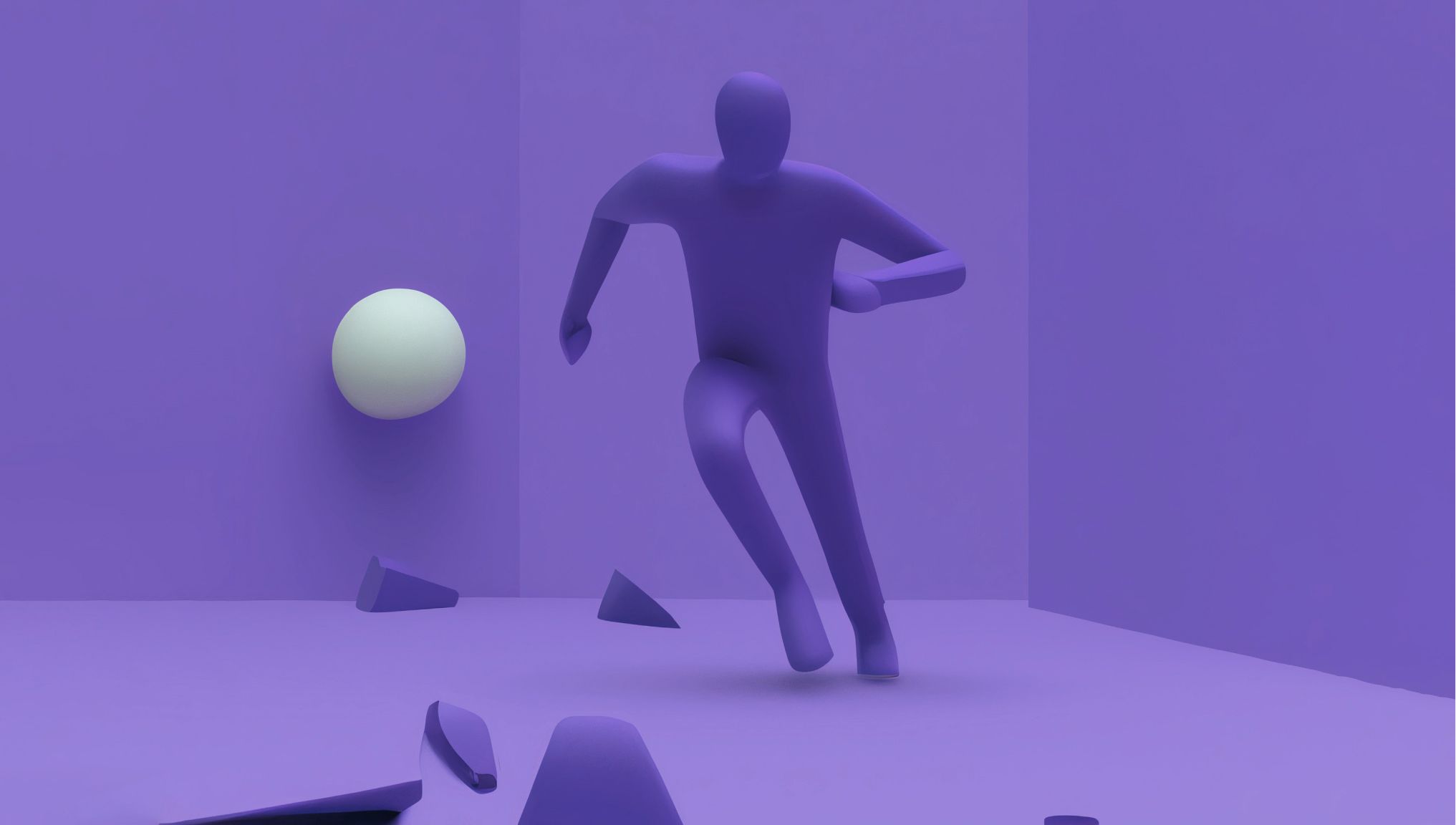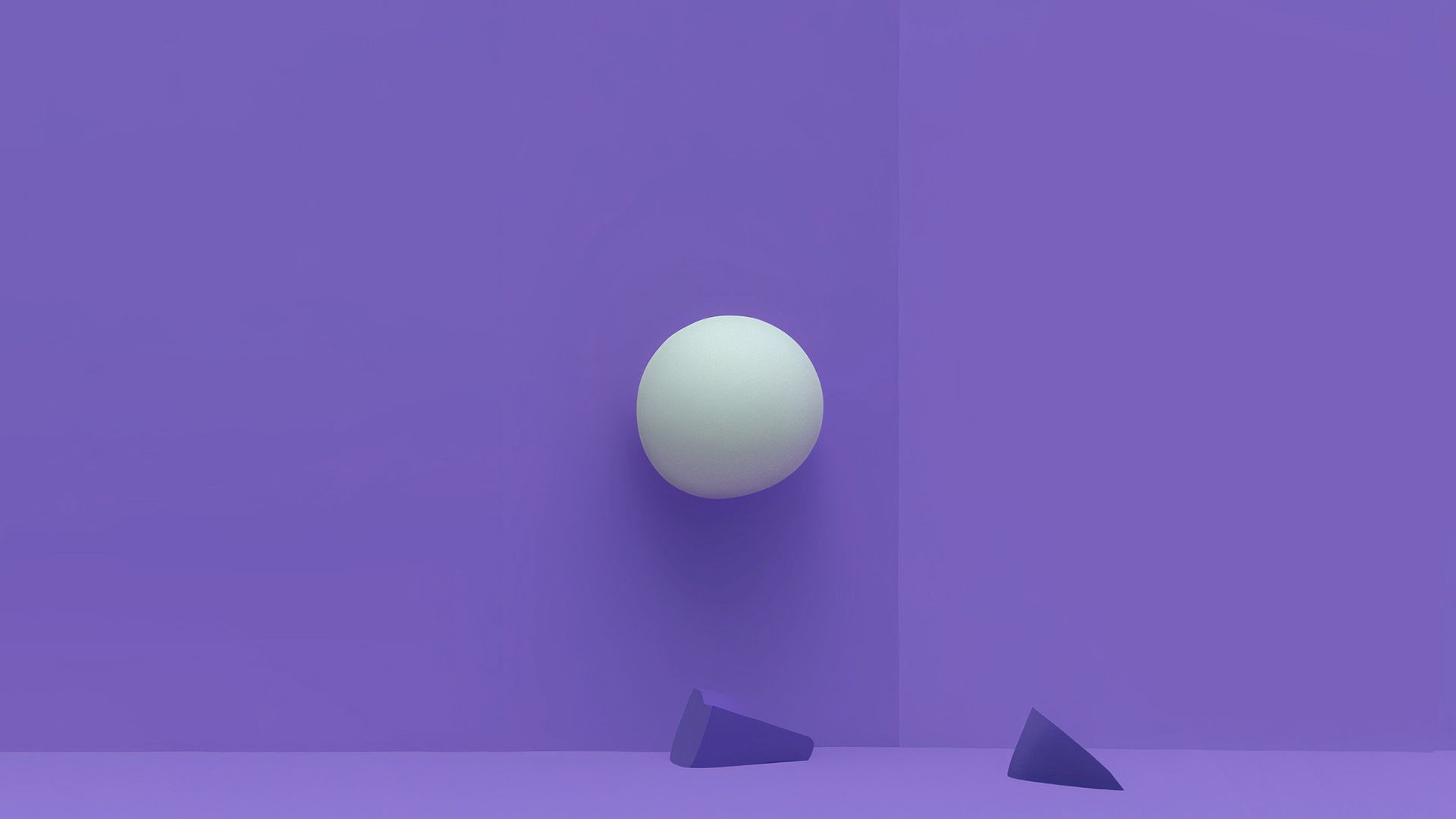
There is an age-old debate about pitches. Do we give our time and resource for the (sometimes slim) chance of winning a new project to create a new digital brand or digital product, or do we hold fire, turn down the offer and potentially lose the work?
For us, the thought process behind a competitive pitch is broken - both for us and a potential client. Why? Because time and effort is spent from both sides: from the client in creating a brief and from the creative agency in responding to it based on a huge amount of assumptions about the brand and in a short amount of time, all in an effort to win the business. The alternative? To create solutions to an existing problem that’s hyper-relevant to your brand.
The importance of working with facts rather than assumptions is why at the start of any new project, we invest time in discovery. Not only the surface level business, but its industry, its competitors, and most importantly, its key stakeholders. We interrogate the problem(s) that they’re trying to find a solution for. We firmly believe this puts us in the best position to be able to create a solution that isn’t just for show to win a pitch, but is the start of something real. So, we’ve made an effort to find a middle ground; an option that not only allows us the opportunity to fully get under the skin of a company but gives them the chance to get to know us and how we work too.
Enter: The Design Sprint.
The concept of the Design Sprint isn’t new. It was invented by Jake Knapp when he worked at Google Ventures. It has a really simple aim; to solve big problems and test new ideas in just five days. Five days is not a long period of time, but it’s enough to tackle a problem and prototype a solution. Plus, it’s a very cost-effective trial for the client, one in which they give a real issue and get a working solution in response and it values the work we do too.
We took Jake’s process and iterated it slightly to work for us and our potential clients, still within five steps but in a slightly longer seven days. As we’re focused on creating digital brand or products, the extra time allows for some initial upfront investment in discovery followed by problem solving and visually creating the solution.
So, what does the Design Sprint include at evensix?

Days 1 & 2
We start with planning; interrogating the initial brief and developing a workshop that will enable us to get to know the client, their mission and core objectives. We create a map of problems and focus in on the one we’re looking to solve with this sprint. This gives us the chance to jump straight into an intense immersive session which will fully arm us with everything we need to know… or everything we think we need to know at that stage.
Let’s face it, more questions will arise that need answers along the way. At this stage, we’ll agree what the goal of the project is and what we’re aiming for (something we call the North Star) as well as the expected deliverables, so we’re all on the same page throughout the sprint.
Day 3
We take everything we’ve learnt and start dissecting it, reviewing the competitors and the industry, understanding what else is out there and what the audience is looking for. At this point, we’ll start creating mood boards and gathering any visuals that resonate with the project at hand.
Day 4 & 5
We start creating solutions, usually in a tool like Figma. We learn by doing, so we process everything we’ve learnt and start sketching potential solutions in design, which gives us the chance to visualise our thinking. We review our sketches and start building prototypes, almost a facade of a finished product, to bring the solution to life in a tangible way.
At this stage, it’s important to have a check in. We have a mid-sprint playback with the client to present what we’ve done so far and make sure we’re still on the right course. It gives us both the opportunity to ask any questions that might have cropped up through our solution building process and of course makes sure that there are no (unwanted) surprises at the next step.
Day 6 & 7
Depending on the feedback, we either iterate or continue building out our prototype, making sure as much conceptual ideation is included as possible alongside any logic that’s needed to enable our client to share the output further across the business. And at the end of day 7, we present back the final results, handing over the output, the concepts, the designs, so our client has something really tangible from the sprint and next steps can be defined with realistic goals set.


See it in action
From concept to investment.The output completely depends on the client and the problem, but an example of a Design Sprint is Qorate. As a result of Covid-19, many cycling events were cancelled or postponed, which resulted in a decline in support for the sport and in particular, a decrease in revenue. The team decided to create a community platform to allow people to donate at local cycling events or when they saw the QR code. They also wanted to pitch for wider funding so needed a brand and assets to help them. Within a Design Sprint, we were able to create their brand, including logo, colours, typography etc. as well as concept designs for their app and an investment deck to enable them to go out and request funding.
For us, working in this way with a potential client is really exciting. We get to sink our teeth in something new, really focus on solving a problem and create something that has potential to move out of concept and into reality. For a potential client, they get us onboarded quicker, get a clear idea of both how we work and the quality of our work, and they get a tangible response to a business issue. Whether the solution is all that’s needed, or this is the start of a new relationship, there’s a value here that’s just not comparable to a competitive pitch. Which would you prefer?
